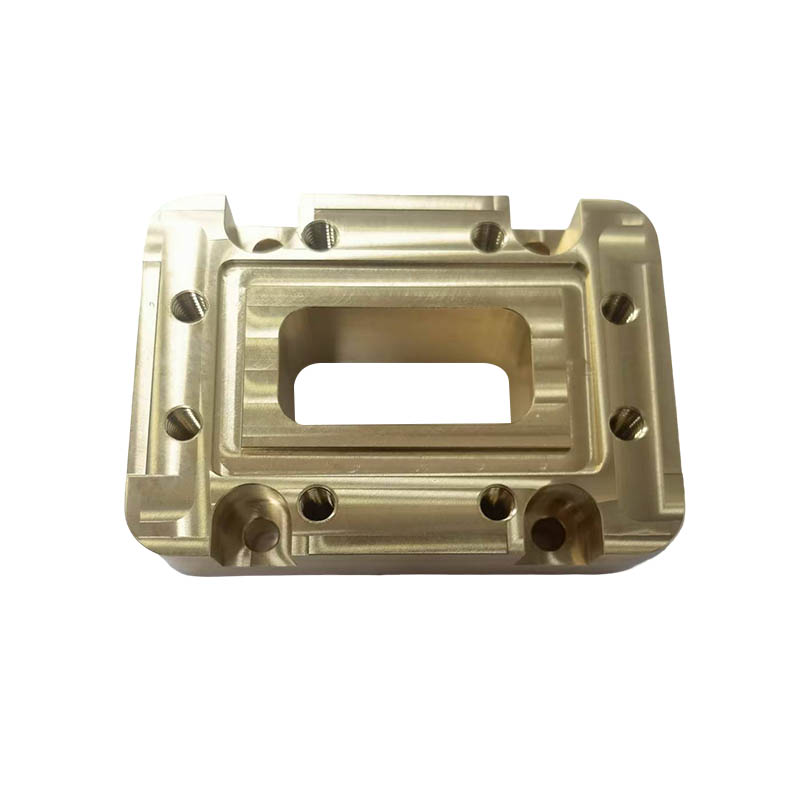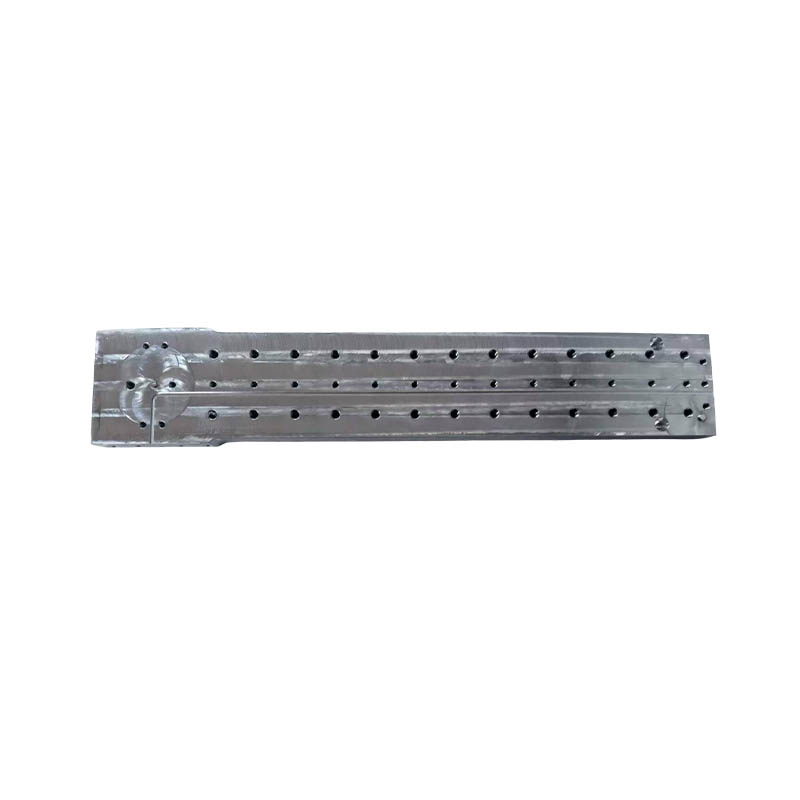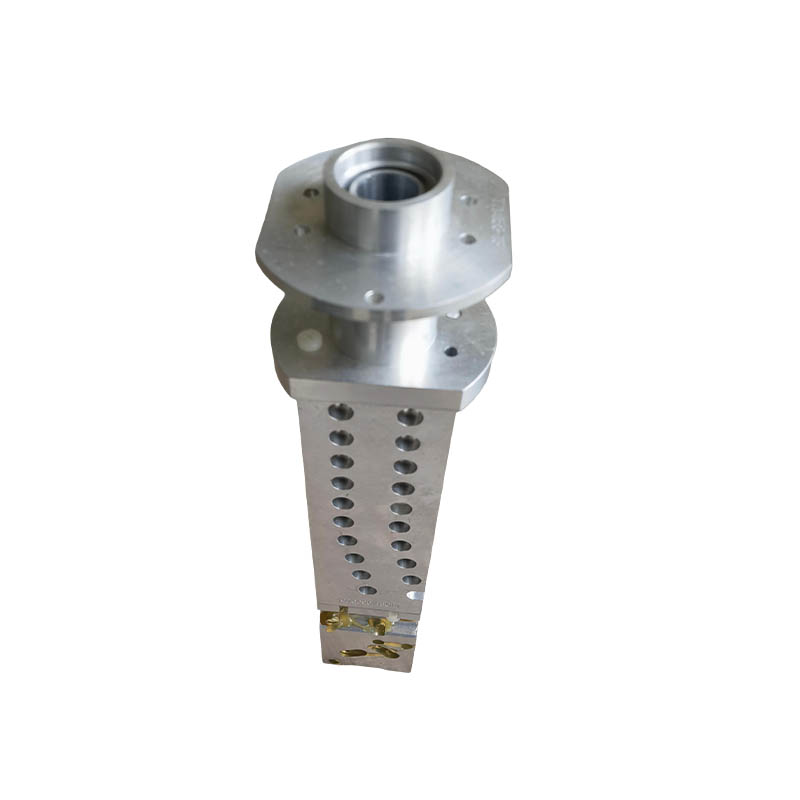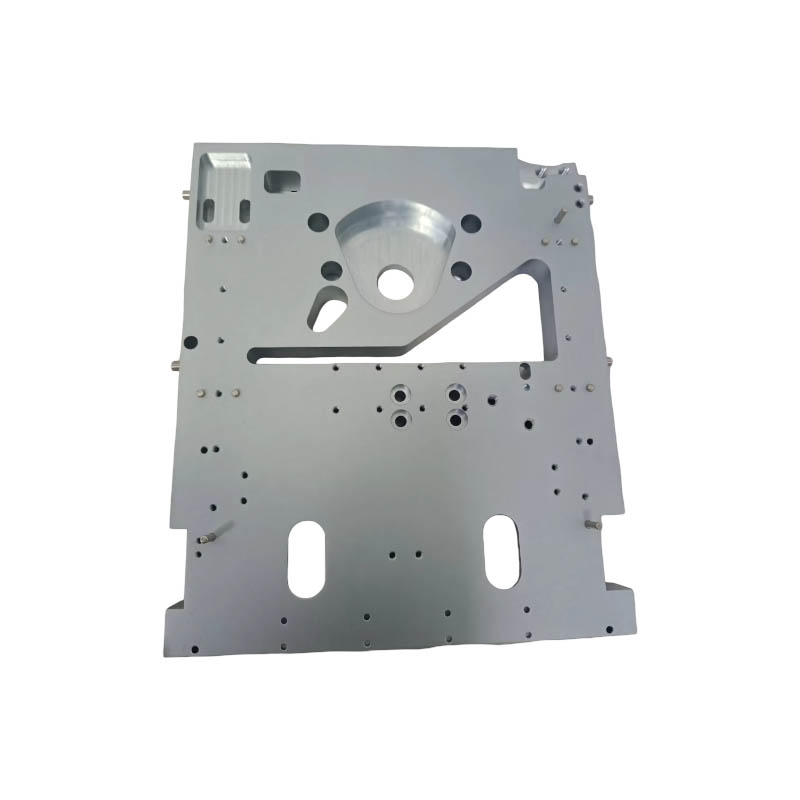When CNC machining medical products, how to avoid thermal deformation during machining?
Release Time : 2025-09-25
Thermal deformation is a key factor affecting machining accuracy during CNC machining of medical products. This is particularly true when machining high-precision, micro-sized medical components. Thermal deformation can lead to dimensional deviations, poor surface quality, and even scrap. The stringent requirements for material biocompatibility and dimensional stability in medical products further amplify the risks associated with thermal deformation. Therefore, a coordinated approach across multiple dimensions, including process design, equipment optimization, material handling, and environmental control, is necessary to ensure machining quality.
Thermal deformation in CNC machining of medical products primarily stems from cutting heat accumulation and temperature rise in the machine tool system. During the cutting process, heat generated by friction between the tool and the workpiece, if not dissipated promptly, can cause localized workpiece temperatures to rise, leading to dimensional deviations caused by thermal expansion of the material. Furthermore, over extended periods of operation, components such as the machine tool spindle and guideways can also experience structural deformation due to heat generation, compromising machining accuracy. For example, when machining titanium alloy orthopedic implants, cutting heat can cause tiny bumps on the part surface, impairing surface finish and compatibility with human tissue. Therefore, controlling heat generation and accelerating heat dissipation are key solutions.
Optimizing cutting parameters is a direct means of reducing heat input. By lowering cutting speed and feed rate, the friction between the tool and the workpiece per unit time can be reduced, thereby reducing cutting heat generation. For example, when using high-speed milling technology, a combination of a small depth of cut and high speed allows most of the heat to be carried away by the chips, reducing workpiece heating. Furthermore, choosing down milling over up milling takes advantage of the decreasing thickness of the cut to reduce work hardening and heat accumulation. This is particularly suitable for machining medical materials with high thermal conductivity, such as aluminum alloys.
Enhancing cooling and lubrication is key to accelerating heat dissipation. Traditional pouring cooling is prone to cooling blind spots due to chip obstruction. However, high-pressure internal coolant tools, which precisely spray coolant onto the cutting zone through internal channels within the tool body, significantly improve cooling efficiency. For medical materials with low thermal conductivity, such as plastics, cryogenic coolant or liquid nitrogen cryo-cutting techniques are required to reduce the temperature in the cutting zone and suppress material softening and deformation. Furthermore, minimum quantity lubrication (MQL) technology uses atomized coolant to reduce thermal deformation while also addressing environmental concerns, making it suitable for the final machining of precision medical parts.
Machine tool structure and thermally symmetrical design are fundamental measures to reduce thermal deformation in the system. A thermally symmetrical machine tool structure, such as symmetrically distributing heat sources like the spindle box and motor, can balance the impact of temperature rise on machine tool accuracy. For heavy-duty CNC machining of medical products, thermal balance analysis is necessary to optimize the machine tool's heat dissipation channels. For example, a circulating water path can be designed within the column to accelerate heat dissipation. Furthermore, pre-stretched ball screw technology, by pre-applying tension to offset thermal expansion, effectively reduces screw drive errors and ensures the coaxiality of medical product hole systems.
Material pretreatment and process path planning are key means of controlling internal stress. Common materials used in medical products, such as titanium alloys and PEEK plastics, are prone to residual internal stress during the molding process. During machining, vibration aging or low-temperature annealing are necessary to release this stress and prevent deformation caused by stress redistribution during subsequent processing. A phased process strategy of "roughing-stress relief-finishing" can minimize the impact of roughing-induced deformation on finishing. For thin-walled medical parts, such as vascular stents, symmetrical cutting and layered machining are required to balance residual stresses and prevent post-processing warping.
Ambient temperature and humidity control is essential for ensuring processing stability. Medical product processing workshops must be equipped with a constant temperature system to control temperature fluctuations within ±1°C, minimizing the thermal impact of ambient temperature changes on machine tools and workpieces. High-precision testing equipment, such as coordinate measuring machines, must also be operated in a constant temperature environment to avoid measurement errors caused by thermal expansion and contraction. Furthermore, humidity control can prevent plastic parts from absorbing moisture and expanding. For example, CNC machining of medical products requires drying before to ensure dimensional stability.







